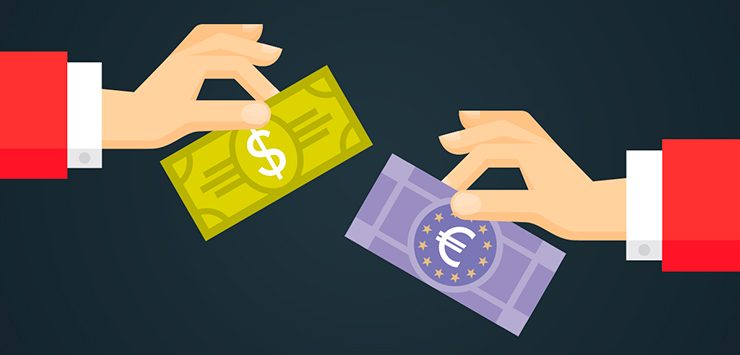Forex Buying and Selling Rates: Unleashing a World of Currency Exchange

Image: www.beoforex.com
Introduction
Have you ever marveled at the world’s intricate web of interconnectedness? From bustling financial hubs to serene beaches, currencies are the lifeblood that enables our seamless transactions, travel adventures, and global collaborations. Within this vibrant tapestry, forex buying and selling rates dance as the orchestrators of financial exchanges. Join us as we delve into this fascinating realm, understanding the mechanics, influencing factors, and empowering ourselves with knowledge for informed currency decisions.
Understanding Forex Buying and Selling Rates
Forex, short for foreign exchange, is a decentralized global market where currencies are traded. Unlike traditional stock markets with physical exchange locations, forex operates electronically over-the-counter, 24 hours a day, 5 days a week. At the heart of this trading ecosystem lie forex buying and selling rates, determining the value of one currency against another.
Imagine a currency exchange at the airport. You want to swap your local currency for euros for your upcoming trip. The exchange desk displays two rates: the buying rate and the selling rate. The buying rate represents the amount of euros you’ll receive for each unit of your local currency, while the selling rate indicates the amount of your local currency it will cost you for each euro. These rates fluctuate constantly, influenced by a multitude of factors.
Factors Influencing Forex Rates
The dance of forex rates is driven by a complex interplay of economic, political, and social forces. Here are some key factors that influence these fluctuations:
- Economic Data: Interest rates, inflation, unemployment, and GDP growth play pivotal roles in determining a country’s economic health. Strong economic performance can boost a currency’s value, while economic weakness can lead to depreciation.
- Political Stability: Political uncertainty, government policies, and geopolitical events can significantly impact currency values. Instability can trigger investors to withdraw funds, driving down currency value, while stability attracts investments and strengthens currencies.
- Interest Rate Differentials: Central banks adjust interest rates to control inflation and economic growth. Higher interest rates generally attract foreign investments, boosting currency value.
- Supply and Demand: Currency values are influenced by supply and demand dynamics. Increased demand for a currency can drive up its value, while decreased demand can lead to depreciation.
Harnessing the Power of Forex Rates
Understanding forex buying and selling rates empowers us to make informed financial decisions. For international travelers, monitoring currency fluctuations can help you get the most value for your exchange. If you plan to purchase an item in another country, consider buying the local currency when the selling rate is favorable.
For investors, forex markets provide opportunities to capitalize on currency movements. Trading currencies requires specialized knowledge, but it can be a potential avenue for financial growth. Remember, it’s crucial to exercise caution and research thoroughly before venturing into currency trading.
Conclusion
Forex buying and selling rates play a multifaceted role in our financial lives, affecting our travel plans, investment portfolios, and global trade. By unraveling the mechanics and influencing factors, we gain the power to navigate the ever-changing currency landscape confidently. Whether you’re a traveler, an investor, or simply curious about the world of finance, understanding forex rates empowers you to make informed decisions and embrace the opportunities that currency exchange offers.

Image: pipsedge.com
Forex Buying And Selling Rates






